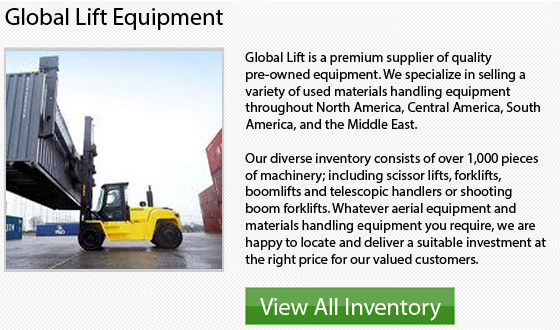
Sometimes, it pays to examine the method of choosing a forklift. For instance, does your company always select the same units for your dock work? If so, you could potentially miss out on a more efficient truck. There can be other units existing on the market that allow more to get done since they offer less exhaustion to operators. You might be able to take advantage of loading trailers in a more cost-effective manner. By doing some research and evaluation, you could determine if you have the best equipment to meet your requirements. By reducing operator exhaustion, you can drastically increase your performance.
Several of the key factors to think about when determining forklift models that address particular issues include:
Trailer Loading Frequency:
You probably won't need a pricey forklift to accomplish tasks if your shipping and receiving department loads only a few semi-trailers or box trucks a week. A cheaper walkie model or walkie-rider will be able to deal with the task if: A 4500 to 6000 lb. capacity is adequate and you do not need to stack loads inside the trailer. Lastly, you should consider whether or not the transition from the dock floor to the dock leveler and into the trailer is not too jarring for the operator since the small load wheels must travel over the dock plate.
If on the other hand, your shipping facility is always loading trailers, than a stand-up end control would make more sense over a walkie model or a walkie-rider. These battery-powered forklifts fit into a standard 108 inch trailer door easily. Their masts allow in-trailer stacking. These forklifts provide a model capacity range from 3000 to 4000 lbs.
Operator Duties:
Every company has a slightly different system for material handling. In certain circumstances, several forklift operators not just load trucks in the shipping department, but store inventory on racks, replenish the manufacturing line, handle the paperwork connected with the loads, attach and scan bar codes and other tasks. Usually, the forklift operators who are always on and off of their forklifts in their shifts find it less fatiguing and a lot faster to exit a stand-up control unit, as opposed to a sit down type.